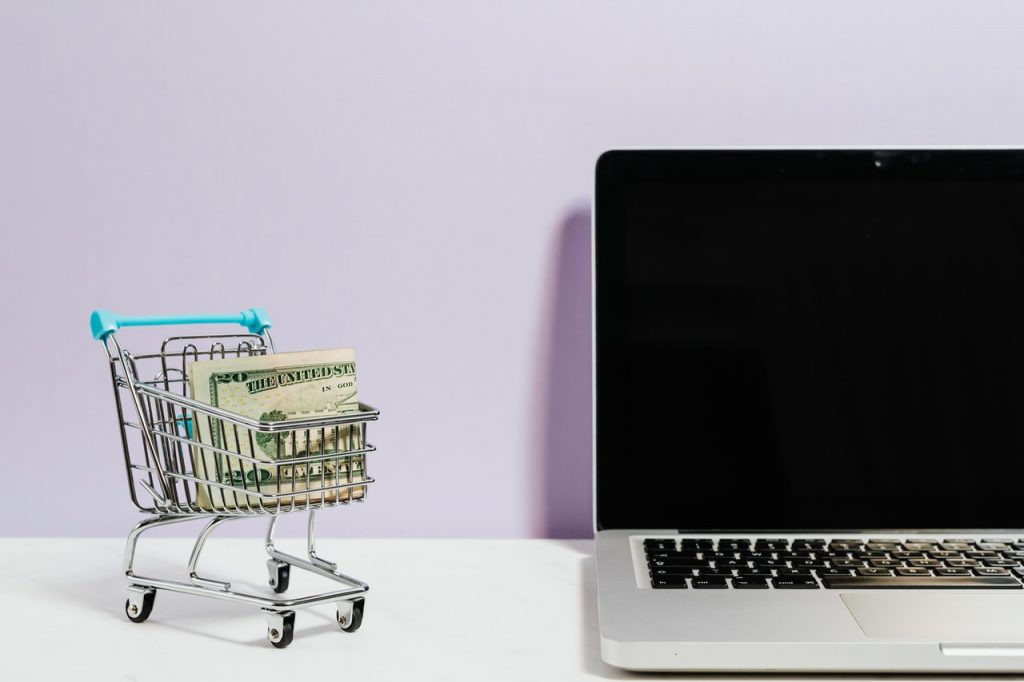
Beware – if you are making more than $600 a year in transactions and using a cash app for business, the IRS wants to know.
PayPal, Venmo, or CashApp are examples of various apps.
Beginning as of January 1, 2022, the American Rescue Plan Act of 2021 has modified the IRS reporting requirements from $20,000 in aggregate payments and 200 transactions to $600 in aggregate payments with no minimum transaction amounts.
The app will notify the IRS of your transactions. In turn, they will send you a 1099-K form.
Many people opt to separate rent, mortgages, and utilities to make things easier by shifting personal funds around quickly.
How will the IRS determine the difference between a business transaction and a personal transaction? It will not able to, just from the 1099-K form alone.
If you receive money from a friend or from your family as a gift or reimbursement, it’s likely to be not countable income. On the other hand, if you are using the cash app to receive money from a business, the receipts will have to be reported on your tax return.
Experts have recommended using one app for business and another for personal use. This will separate the two, making it easier to control and limit the possibility of an audit, which is considered to be very low.
This proposal does not alter what is taxable or what is deductible. It simply explores ways for more honest reporting regarding what funds have been received and what funds have been disbursed.
This new rule has been put in place to come down on self-employment workers who get income through apps, not personal payments, such as money as a gift or a dinner. If someone is getting a steady flow of money with cash apps and it appears to be income, then it will make the unreported income more apparent to the IRS.
For those using apps, you will get an information report and 1099-K form to report transactions. If you get a 1099-K form but $600 + payments were not income, you do not have to report in on your tax return. You will only have to show proof if you are audited.

